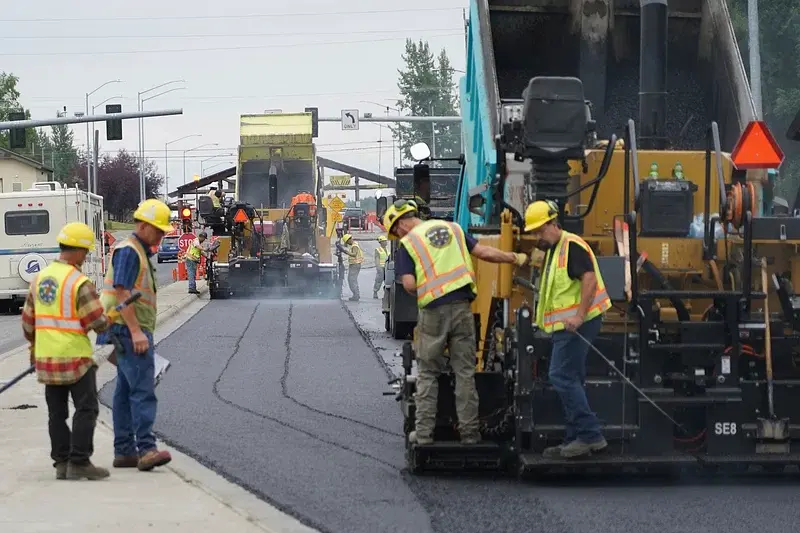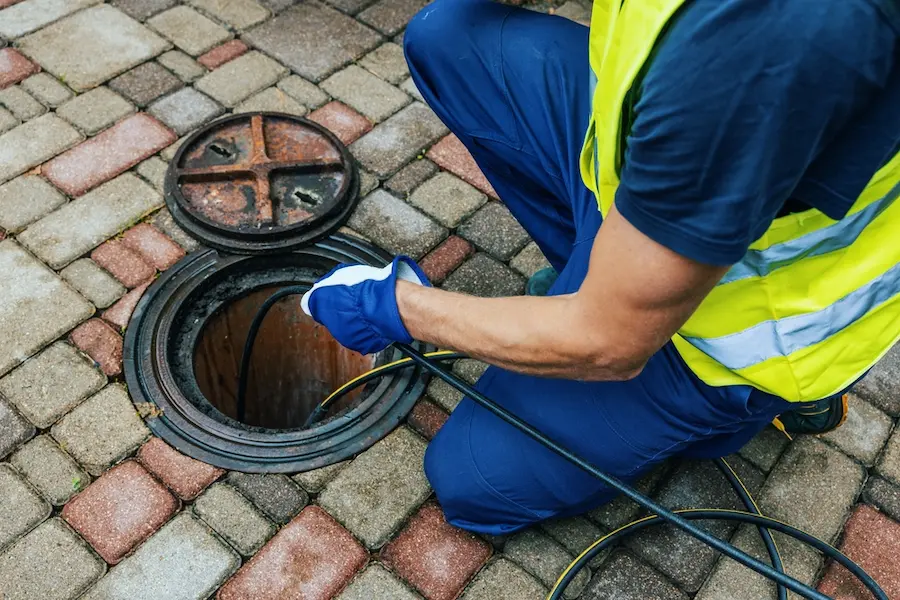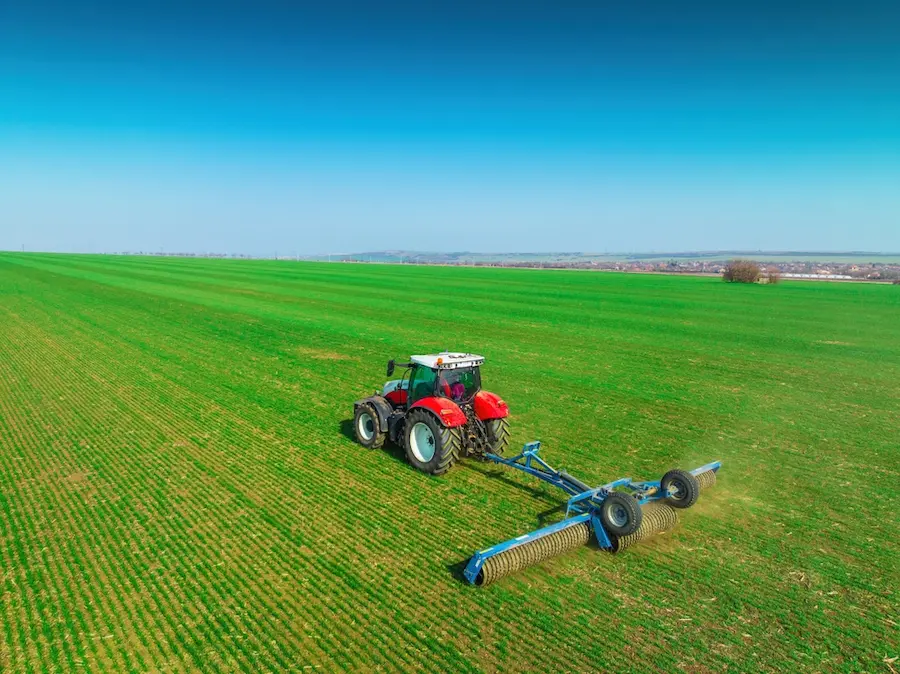Table of Contents
The Transit Cooperative Research Program (TCRP)
The Transit Cooperative Research Program (TCRP) provides a central repository for information for suppliers, innovators, and problem-solvers in the transportation industry. Through publications, CDs, and online resources, TCRP provides valuable information on transportation-related technologies and issues. For example, it provides case studies for BRT, and more.
TCRP Synthesis 121: Transit Agency Practices in Interacting with People Who Are Homeless
Transit operators are faced with a growing number of homeless people seeking shelter and services. Fortunately, there are many transit agencies and other community organizations providing assistance. For example, the Philadelphia Transit Authority recently turned over an 11,000 square-foot space to a local nonprofit called Project HOME to serve as a drop-in center for people who are homeless. SEPTA is also considering adding similar facilities at other stations.
The goal of this study is to find best practices for transit agencies to implement both internally and through partnerships. This project includes a literature review, survey scan, and case study development to identify proven practices. In addition, it aims to elevate the lessons learned to a national conversation.
TCRP Report 90, Volume 1, BRT Case Studies
In many cities, BRT is becoming an integral part of the transportation system. It complements existing public transit services and improves quality and reliability. It does this by taking priority at intersections and using exclusive bus lanes. The study also finds that BRT increases employment and spurs economic development in urban areas.
Before BRT planning, planners must understand their market and physical surroundings. They should collect origin-destination surveys and traffic counts on major corridors. The data should also include information on existing bus and rail capacity, parking facilities, pedestrian infrastructure, and other public amenities. In addition, they should consider customer service and public participation. Finally, they should consider the cost and operation of the new transit system.
The BRT system is expected to reduce traffic congestion and air pollution, benefitting low-income and middle-income residents. It also reduces wait time and increases reliability, reducing the need for passengers to make transfers. As a result, many people are shifting from driving to riding, saving time and money. It also helps reduce automobile congestion, which reduces greenhouse gas emissions.
TCRP Report 84, Volume 4: Advanced Features of Transit Websites
This report provides a comprehensive review of advanced website features that transit agencies can use to increase customer satisfaction and loyalty. It examines customer relationship management, automated itinerary planners, e-mail notification systems, and more. It is designed for senior management, website design managers, and technical employees.
The report summarizes current knowledge and practice in the field. It does not include detailed directions for implementation, but does provide descriptions of successful programs. The report also describes creative modifications to existing programs. There are no new directions for transit agencies, but it does contain a wealth of information.
TCRP Report 225: A Pandemic Playbook for Transportation Agencies
A new report from the TRB’s National Cooperative Highway Research Program (NCHRP) highlights effective practices in transportation pandemic planning. The report, TCRP Report 225: A Pandemmic Playbook for Transportation Agencies, summarizes the lessons learned from a variety of transit and DOT organizations that experienced pandemic situations. The findings focus on what agencies can do in an emergency and how they should prepare their public and employees for these situations.
The report also highlights some of the challenges transportation agencies have faced in the past and suggests solutions. This includes adjusting employee policies and enabling workAfrom-home policies. Finally, the report outlines recommendations and approaches for moving forward in the future.
This report provides a step-by-step approach to developing an effective pandemic response plan. It addresses the needs of surface transportation agencies as well as the challenges that pandemics present. Among other things, this report outlines how to balance the importance of public safety and service and the need for addressing social justice. Moreover, it details key questions to ask when developing a pandemic response plan.
























































































































































































































































































































































































































































































































































































































































































































































































































































































































































































































































































































































































0